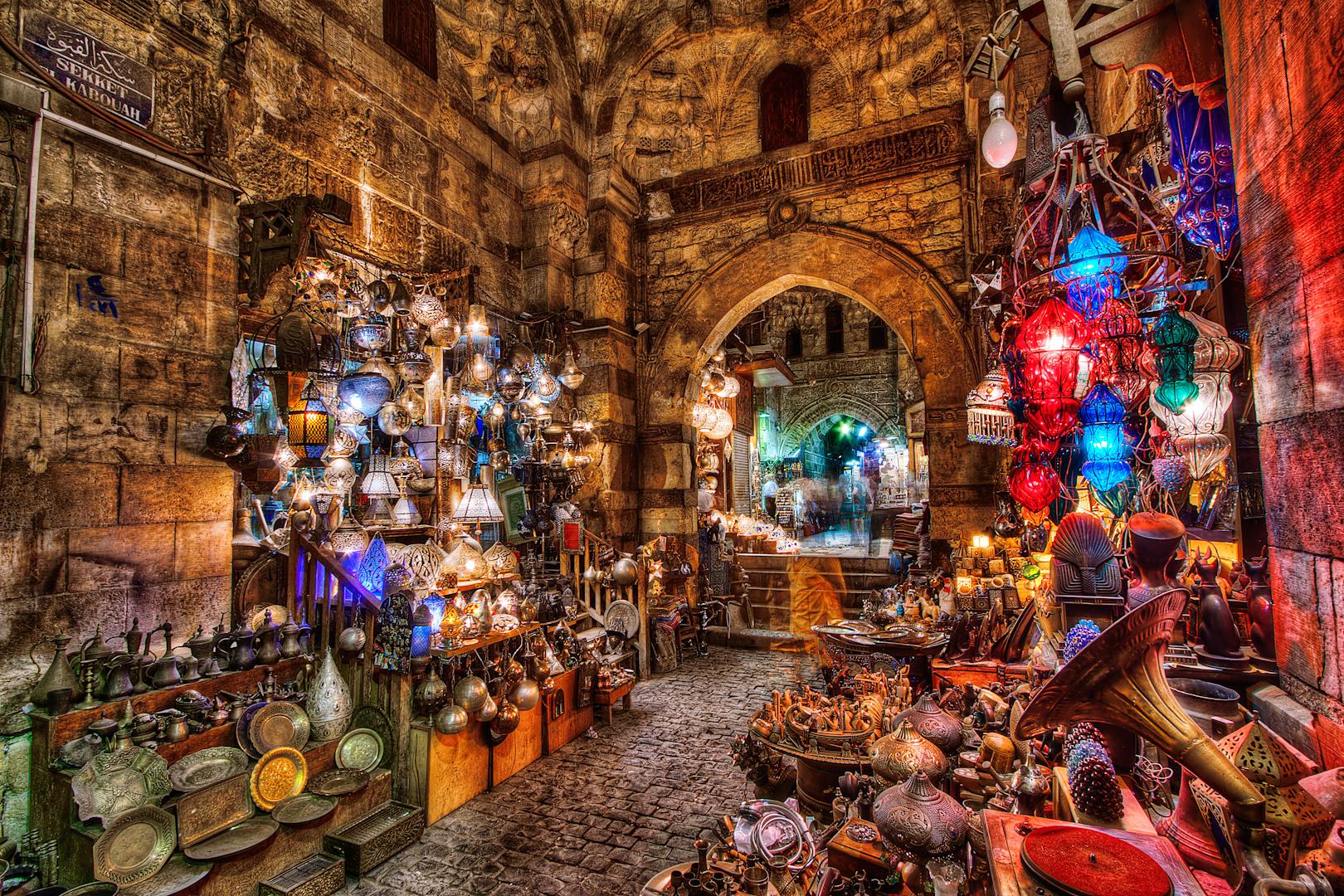Nestled in the heart of Cairo, Egypt, the Khan El Khalili market stands as a symbol of the city’s rich history and vibrant culture. With roots dating back to the 14th century, this bustling marketplace has attracted locals and tourists alike, offering a sensory feast of sights, sounds, and scents. In this article, we will delve into the enchanting world of Khan El Khalili, exploring its historical significance, diverse offerings, and the evolving market trends that have shaped its current landscape.
The origins of Khan El Khalili can be traced back to the Mamluk era during the 14th century. Named after Prince Jaharkas Al-Khalili, the market was originally built as a caravanserai, a resting place for traders and their camels along the ancient trade routes. Over time, it transformed into a bustling marketplace, attracting merchants from various regions, including Persia, Arabia, and the Ottoman Empire.
Khan El Khalili market offers an extensive array of products, ranging from traditional crafts and textiles to exquisite jewellery and spices. As you meander through its labyrinthine alleyways, you’ll encounter a myriad of shops and stalls, each offering its unique treasures.
Textiles and carpets occupy a prominent place in Khan El Khalili’s offerings. Handwoven rugs, embroidered tapestries, and colourful fabrics showcase the intricate craftsmanship and cultural heritage of Egypt. Visitors are often captivated by the skill and artistry displayed in these pieces, making them sought-after souvenirs.
Another highlight of the market is its jewellery and precious stones. Khan El Khalili boasts a dazzling collection of gold, silver, and gemstone jewellery, intricately designed by skilled artisans. Whether it’s a traditional Bedouin necklace or a modern piece inspired by Pharaonic motifs, the market caters to a variety of tastes and budgets.
For those seeking a sensory delight, the spice shops in Khan El Khalili offer a vibrant display of fragrances and flavours. Here, you can find a wide range of spices, herbs, and teas, sourced locally and from around the world. From the earthy scent of saffron to the aromatic allure of cardamom, the spice market tantalizes your senses and provides an opportunity to bring the flavours of Egypt home.
While Khan El Khalili retains its traditional charm, it has also embraced modernization and adapted to changing market trends. In recent years, the market has witnessed a surge in the demand for contemporary crafts, such as handmade ceramics, glassware, and home decor items. Artisanal shops and boutiques have emerged, catering to the evolving preferences of both local and international customers.
Furthermore, the market has embraced e-commerce, allowing visitors to explore its offerings online and make purchases from the comfort of their homes. This digital presence has not only expanded Khan El Khalili’s customer base but also increased its visibility on the global stage, attracting shoppers from different corners of the world.
While Khan El Khalili has adapted to modern market trends, it remains deeply rooted in Egypt’s cultural heritage. The market serves as a hub for traditional crafts and artisans, providing a platform for local talent to showcase their skills and sustain ancient techniques. By preserving and promoting these age-old practices, Khan El Khalili plays a crucial role in safeguarding Egypt’s rich cultural legacy.
The market of Khan El Khalili continues to captivate visitors with its rich history, diverse offerings, and vibrant atmosphere. It stands as a testament to Cairo’s enduring cultural heritage and its ability to evolve with the changing times. Whether you seek traditional handicrafts, exotic spices, or unique jewellery, Khan El Khalili offers a shopping experience unlike any other. As you stroll through its bustling lanes, you’ll be transported to a bygone era, where the essence of Egypt’s vibrant past lingers amidst the modern world.




Comment (0)